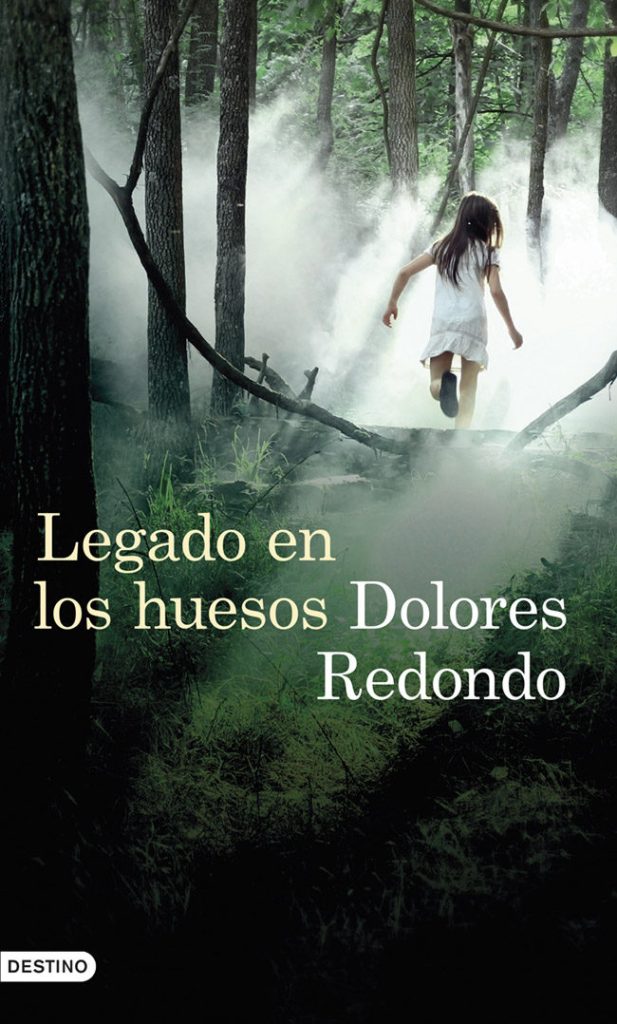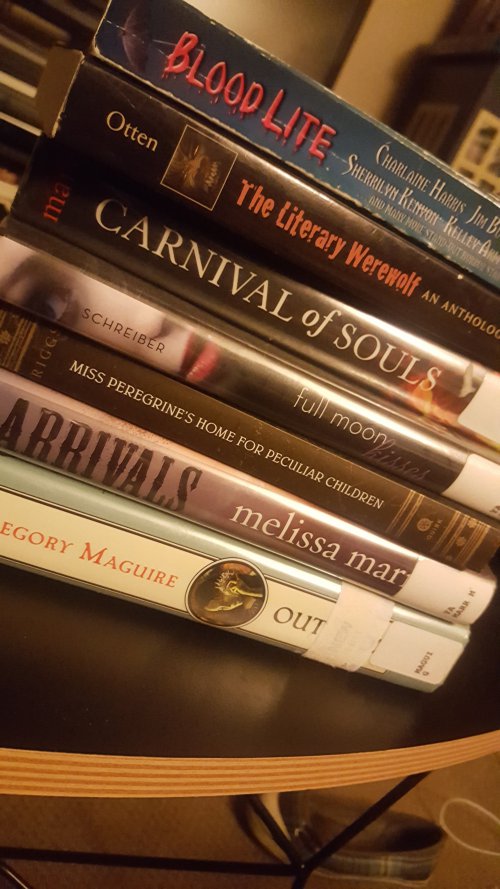As I visited the public library to return Ferrante #4 last December, I stumbled upon Dolores Redondo’s Legado en los huesos (The Legacy of the Bones) in the New Books section. As I eyed the familiar cover – all the Spanish editions share a similar cover, with greenery and a woman – I realised that it had been a year since I had read El guardián invisible (The Invisible Guardian), the first installment in the series. I realised then, it would just be perfect to put an end to 2016 the same way I had started it: By returning to Baztán.

Legado en los huesos takes place as Amaia Salazar gives birth and is forced to return to Elizondo, where a local church has been vandalised. If El guardián invisible was constructed over the greenery and the scenery typical of Navarra and the Northern part of Spain, then Legado en los huesos highlights the unique political environment of the area. Amaia, despite being in charge of the team now, sees herself investigating the desecration of a local church because a high-ranking prelate from the Opus Dei specifically requests her. The right-wing organisation is extremely powerful in Navarra, where they are in charge of the most prestigious Medicine college of the country. Their influence is however greater than that, and the novel is built on Amaia’s struggles to reconcile her job and her new role as a mother, and the Catholic doctrine with the pagan beliefs of Elizondo.
Amaia’s recent maternity and mother-child relationships take again a central role in the narrative as she gives birth to a baby boy, instead of the girl they were expecting, and she struggles to become the mother she has pictured herself to be. Redondo makes an effort to include the difficult task of caring for a newborn, even though Amaia always has James by her side. Post-natal depression, as well as remorse, sleep-deprivation, and the importance of finding time with her husband make up for most of the main character’s personal arch. I found Amaia’s views on motherhood a bit old-fashioned, especially when she tries to put her son’s breastfeeding above everything, and she refuses to let it interfere with her work. However, all her worries disperse throughout the book when she accepts help from James and Engrasi to take care of the baby, and she recovers some personal space and time. Some of that personal space will be clouded by Judge Markina’s interest in Amaia, posting questions about flirting, infidelity, love, and marriage, thus giving adding even more depth to the main character.
It is a bit difficult to describe the crime that sets the plot into motion because everything is directly linked to the events on the previous book. So, if you have not read El guardián invisible, Legado en los huesos is not a good place to start. As Amaia investigates the desecration of a church in Elizondo, Johana Marquez’s father commits suicide in jail, leaving a strange message for Amaia that sends the whole team into a thrilling investigation during the cold, wet and dark winter of Northern Spain. Personally, I was thrilled to see our short and wet days inscribed in popular literature, as we do not get much sun and warmth in the North of Spain, where we share more similarities with England than with Barcelona. The return to her hometown will also help Amaia deal with her traumatic relationship with her mother, as well as with her older sisters, Flora and Ros. Tía Engrasi is always present in the background, taking the role of mother, confident, and now grandmother to Amaia’s kid, as well as facilitator of the family’s return to the town. Without giving anything away, Amaia will discover a dark family secret that will change her forever. All these stories are entwined with the Basque mythology that made El guardián invisible such a distinctive book.
Legado en los huesos is a an even better read than El guardián invisible, though longer and darker. Despite my passion for crime fiction, I found myself agitated and unable to read this book during bedtime due to Redondo’s masterful story-telling skills. The crimes Amaia investigates also take a darker turn, and although I do not want to give anything away, please beware the book contains graphic descriptions of violence against children and teenagers (as did the previous installment), as well as desecration of Catholic places. If you can bear that, then you are in for one of the best books written in Spain in recent years.
Share the literary love:




